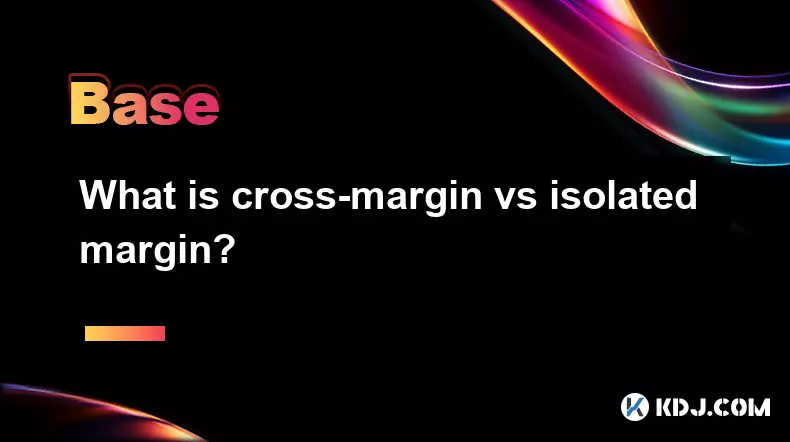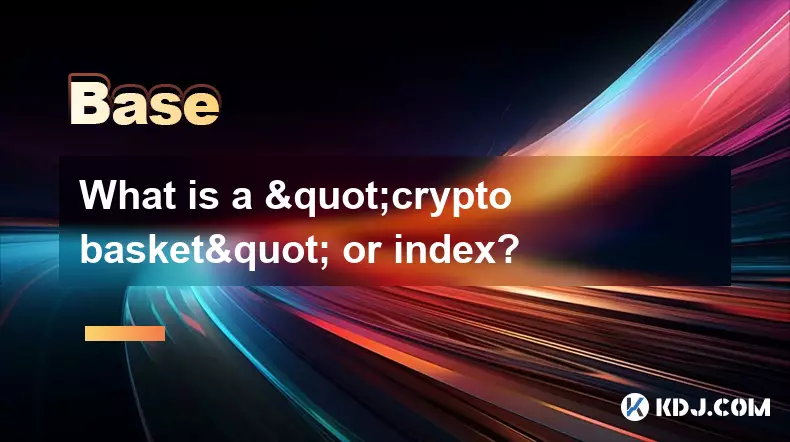-
 Bitcoin
Bitcoin $112100
0.77% -
 Ethereum
Ethereum $4474
3.78% -
 XRP
XRP $2.851
0.46% -
 Tether USDt
Tether USDt $1.000
0.01% -
 BNB
BNB $856.0
0.45% -
 Solana
Solana $209.3
1.04% -
 USDC
USDC $0.9998
-0.02% -
 Dogecoin
Dogecoin $0.2216
3.68% -
 TRON
TRON $0.3420
1.19% -
 Cardano
Cardano $0.8415
1.56% -
 Chainlink
Chainlink $23.79
1.74% -
 Hyperliquid
Hyperliquid $46.03
3.38% -
 Ethena USDe
Ethena USDe $1.001
0.04% -
 Sui
Sui $3.399
2.98% -
 Bitcoin Cash
Bitcoin Cash $599.8
3.03% -
 Stellar
Stellar $0.3628
-0.44% -
 Avalanche
Avalanche $25.24
4.29% -
 Cronos
Cronos $0.2809
9.58% -
 Hedera
Hedera $0.2203
0.68% -
 UNUS SED LEO
UNUS SED LEO $9.526
-0.04% -
 Litecoin
Litecoin $112.7
0.88% -
 Toncoin
Toncoin $3.188
0.41% -
 Shiba Inu
Shiba Inu $0.00001253
0.80% -
 Polkadot
Polkadot $3.891
2.61% -
 Uniswap
Uniswap $9.732
2.10% -
 Bitget Token
Bitget Token $4.971
-2.70% -
 Dai
Dai $0.0000
0.01% -
 World Liberty Financial
World Liberty Financial $0.2148
-8.62% -
 Aave
Aave $327.8
3.77% -
 Monero
Monero $270.0
1.47%
What is cross-margin vs isolated margin?
Cross-margin trading uses your entire account balance as collateral, boosting capital efficiency and helping prevent liquidation during volatility.
Sep 03, 2025 at 09:37 pm

Cross-Margin Trading Explained
1. Cross-margin trading allows traders to use the entire balance of their account as collateral for all open positions. This means that the available margin from all assets supports each leveraged trade simultaneously. If one position incurs losses, the system automatically allocates funds from other holdings to prevent liquidation.
2. This method increases capital efficiency, especially for users managing multiple positions across different cryptocurrencies. Traders don’t need to assign specific margin amounts to individual trades, reducing the risk of isolated position liquidations due to temporary price swings.
3. One major advantage of cross-margin is its ability to dynamically allocate resources during high volatility. When markets move sharply, the combined equity from various assets acts as a buffer, potentially preventing premature liquidations that could occur under fixed margin allocation.
4. However, the interconnected nature of cross-margin introduces systemic risk. A severe downturn in one asset can impact the entire portfolio, potentially leading to a cascading liquidation if overall equity drops below maintenance margin levels.
5. Exchanges like BitMEX and Bybit offer cross-margin as a default option in their perpetual swap contracts, allowing users to toggle between cross and isolated settings depending on their risk appetite and trading strategy.
Isolated Margin Mechanics
1. Isolated margin restricts the collateral for a specific position to a predefined amount. Traders allocate a fixed sum of funds to back a particular trade, and only that amount is at risk if the position moves against them.
2. This model provides precise risk control, making it ideal for strategies where loss limits must be strictly enforced. Since losses are capped at the allocated margin, traders can better manage exposure without endangering their entire account balance.
3. Isolated margin is particularly useful for speculative plays on volatile altcoins. Traders can isolate high-risk bets and protect the rest of their portfolio from unexpected price crashes in low-liquidity tokens.
4. The downside is reduced flexibility during adverse price movements. If the isolated margin is insufficient to cover losses, the position gets liquidated even if the trader holds substantial funds elsewhere in the account.
5. Platforms such as Binance Futures allow users to manually set isolated margin levels per contract, giving granular control over leverage and risk per trade. This feature is widely used by algorithmic traders who rely on consistent risk parameters.
Risk Management Implications
1. The choice between cross and isolated margin directly affects a trader’s exposure to market volatility. Cross-margin spreads risk across the portfolio, while isolated margin confines it to individual trades.
2. In fast-moving markets, cross-margin can delay liquidation by leveraging unused equity. This can be crucial during flash crashes or sudden spikes where temporary imbalances trigger cascading sell-offs.
3. Isolated margin promotes disciplined trading by enforcing strict capital allocation. It prevents over-leveraging on single positions and encourages traders to evaluate each trade independently.
4. Risk models in quantitative trading often favor isolated margin for backtesting accuracy. Predictable margin behavior allows for more reliable simulation of historical performance under different market conditions.
5. User experience varies significantly between the two models. Novice traders may find cross-margin more forgiving, while experienced operators prefer isolated settings for tactical precision.
Frequently Asked Questions
Can I switch between cross and isolated margin during an active trade?Most major exchanges allow margin mode changes only before opening a position. Once a trade is live, the margin type is locked to prevent manipulation of risk parameters mid-trade.
Does cross-margin increase my leverage potential?Cross-margin does not inherently increase maximum leverage limits set by the exchange. However, it improves effective leverage utilization by pooling available funds across positions.
What happens to my other positions if one isolated trade gets liquidated?No impact occurs on other positions. Only the margin allocated to the liquidated trade is lost. All other trades maintain their separate collateral and remain unaffected.
Are funding rates different between cross and isolated margin?Funding rates are determined by the perpetual contract market and are identical regardless of margin mode. The choice of margin affects risk exposure, not fee structures or funding calculations.
Disclaimer:info@kdj.com
The information provided is not trading advice. kdj.com does not assume any responsibility for any investments made based on the information provided in this article. Cryptocurrencies are highly volatile and it is highly recommended that you invest with caution after thorough research!
If you believe that the content used on this website infringes your copyright, please contact us immediately (info@kdj.com) and we will delete it promptly.
- Crypto Treasury, Startup Strategies, & Investment Opportunities: A New Yorker's Take
- 2025-09-04 09:05:12
- Moca Network's $20M Portfolio: A New Era for Community Rewards?
- 2025-09-04 09:05:12
- XDC Network Price Prediction 2026: Is XDC the Dark Horse of Crypto?
- 2025-09-04 08:25:15
- BullZilla Roar, Bonk Stablecoin, and Solana Alpenglow: The Evolution of Meme Coins
- 2025-09-04 09:25:17
- TRON, GDP Data, and the Commerce Department: A Blockchain Milestone
- 2025-09-04 09:25:17
- Dogecoin, VaultX, and DOT Miners: A New Era for Crypto Finance?
- 2025-09-04 07:05:16
Related knowledge

What is "backtesting" a crypto trading strategy?
Sep 03,2025 at 10:55am
Understanding Backtesting in Crypto TradingBacktesting is the process of evaluating a trading strategy by applying it to historical market data. Trade...

What is a "crypto trading bot" and do they work?
Sep 02,2025 at 04:19pm
Understanding Crypto Trading Bots1. A crypto trading bot is a software application designed to automate the process of buying and selling cryptocurren...

What is a "copy trading" platform?
Sep 02,2025 at 07:00pm
Understanding Copy Trading in the Cryptocurrency Space1. A copy trading platform allows users to automatically replicate the trades of experienced inv...

What is "social trading" for crypto?
Sep 03,2025 at 09:00pm
Understanding Social Trading in the Cryptocurrency Space1. Social trading refers to a method where investors observe, follow, and automatically replic...

What is a "crypto basket" or index?
Sep 03,2025 at 07:01am
Understanding Crypto Baskets and Their Role in Digital Asset Investment1. A crypto basket refers to a curated collection of multiple cryptocurrencies ...

What are "impermanent loss" calculators?
Sep 03,2025 at 12:00pm
Understanding Impermanent Loss in Decentralized Finance1. Impermanent loss is a phenomenon that affects liquidity providers in decentralized exchanges...

What is "backtesting" a crypto trading strategy?
Sep 03,2025 at 10:55am
Understanding Backtesting in Crypto TradingBacktesting is the process of evaluating a trading strategy by applying it to historical market data. Trade...

What is a "crypto trading bot" and do they work?
Sep 02,2025 at 04:19pm
Understanding Crypto Trading Bots1. A crypto trading bot is a software application designed to automate the process of buying and selling cryptocurren...

What is a "copy trading" platform?
Sep 02,2025 at 07:00pm
Understanding Copy Trading in the Cryptocurrency Space1. A copy trading platform allows users to automatically replicate the trades of experienced inv...

What is "social trading" for crypto?
Sep 03,2025 at 09:00pm
Understanding Social Trading in the Cryptocurrency Space1. Social trading refers to a method where investors observe, follow, and automatically replic...

What is a "crypto basket" or index?
Sep 03,2025 at 07:01am
Understanding Crypto Baskets and Their Role in Digital Asset Investment1. A crypto basket refers to a curated collection of multiple cryptocurrencies ...

What are "impermanent loss" calculators?
Sep 03,2025 at 12:00pm
Understanding Impermanent Loss in Decentralized Finance1. Impermanent loss is a phenomenon that affects liquidity providers in decentralized exchanges...
See all articles

























































































